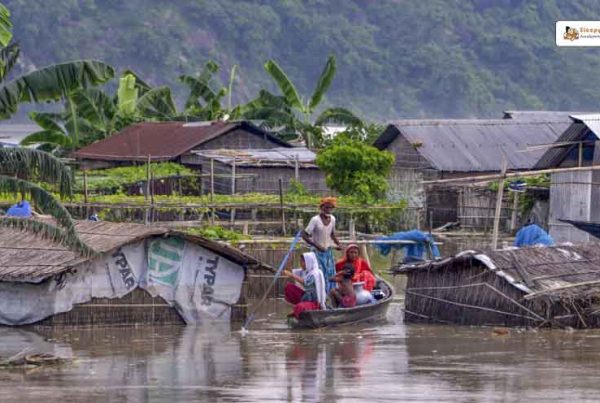In recent days, Kerala has faced devastating landslides, resulting in numerous fatalities and injuries. Rescue operations are ongoing as the state grapples with the aftermath of this natural disaster. This article delves into the causes, implications, and the ecological sensitivity of the affected regions, particularly in light of the Madhav Gadgil Committee report.
Key Takeaways
- Kerala is highly vulnerable to landslides, particularly in the Western Ghats region.
- The Madhav Gadgil Committee report highlights ecological sensitivity in areas prone to landslides.
- Human activities, including deforestation and construction, exacerbate the risk of landslides.
- Effective monitoring and proactive measures are essential to mitigate future disasters.
The Landslide Atlas of India
The Landslide Atlas of India indicates that approximately 14.7% of landslides in the country are linked to the Western Ghats. This region has consistently reported significant landslide events over the years, with Kerala being one of the most affected states. Notably, the Wayanad district ranks 13th among 147 districts in terms of landslide exposure.
Historical Context of Landslides in Kerala
Kerala has witnessed a series of massive landslides in recent years, particularly in 2018, 2019, 2020, and 2021. The Ministry of Earth Sciences reported that Kerala experienced the highest number of major landslides in the country over the past seven years. The recurring nature of these disasters raises concerns about the underlying causes and the need for effective management strategies.
Factors Contributing to Landslides
Several factors contribute to the frequency and severity of landslides in Kerala:
- Heavy Rainfall: The Western Ghats receive substantial rainfall, especially during the monsoon season, increasing the likelihood of landslides.
- Soil Composition: Areas with high sand content in the soil are more prone to losing stability when saturated with water.
- Slope Stability: Slopes exceeding 20 degrees are particularly vulnerable to landslides during heavy rainfall.
- Deforestation: Human activities, such as deforestation for construction and agriculture, destabilize the soil, making it more susceptible to landslides.
The Role of Human Activities
Human activities play a significant role in exacerbating the risk of landslides. The Madhav Gadgil Committee report classifies the Western Ghats into multiple levels of ecological sensitivity, highlighting areas that are highly vulnerable to disasters. The report emphasizes that extensive development, including the establishment of tea plantations and resorts, has occurred since the British colonial period, further stressing the environment.
Recommendations for Mitigation
To address the ongoing threat of landslides, several measures are recommended:
- Strict Regulations: Implement stringent laws governing construction in ecologically sensitive areas.
- Early Warning Systems: Develop efficient early warning systems to alert communities about potential landslide risks.
- Sustainable Practices: Encourage environmentally friendly human settlements and land use planning to minimize ecological disruption.
- Monitoring and Research: Continuous monitoring of landslide-prone areas and research into effective mitigation strategies are crucial.
Conclusion
The recent landslides in Kerala serve as a stark reminder of the delicate balance between human activity and nature. As climate change continues to impact weather patterns, the need for proactive measures becomes increasingly urgent. By understanding the causes and implementing effective strategies, we can work towards reducing the risk of future disasters and protecting vulnerable communities in Kerala and beyond.
For more informative blogs on UPSC preparation, Click Here!!






